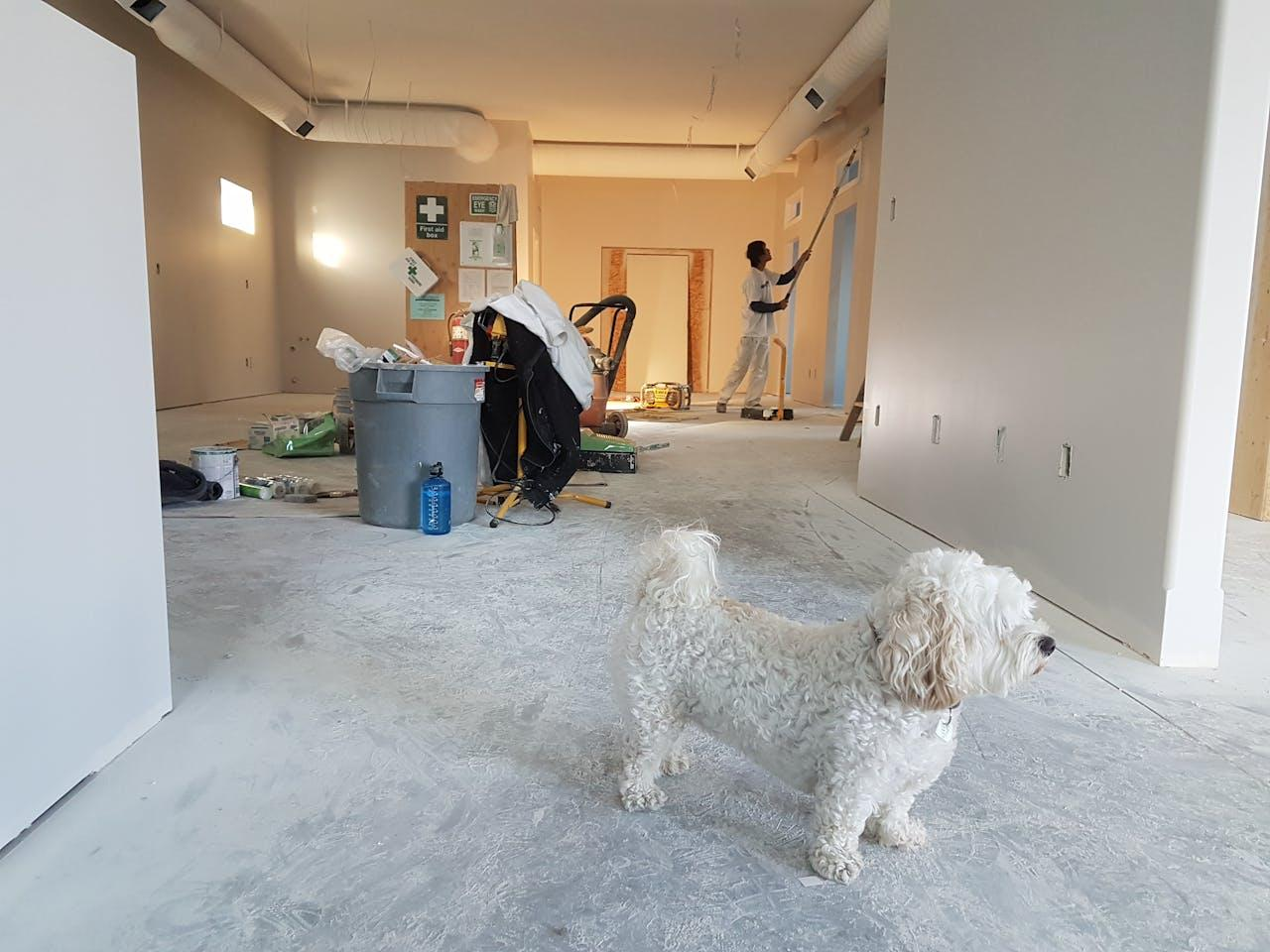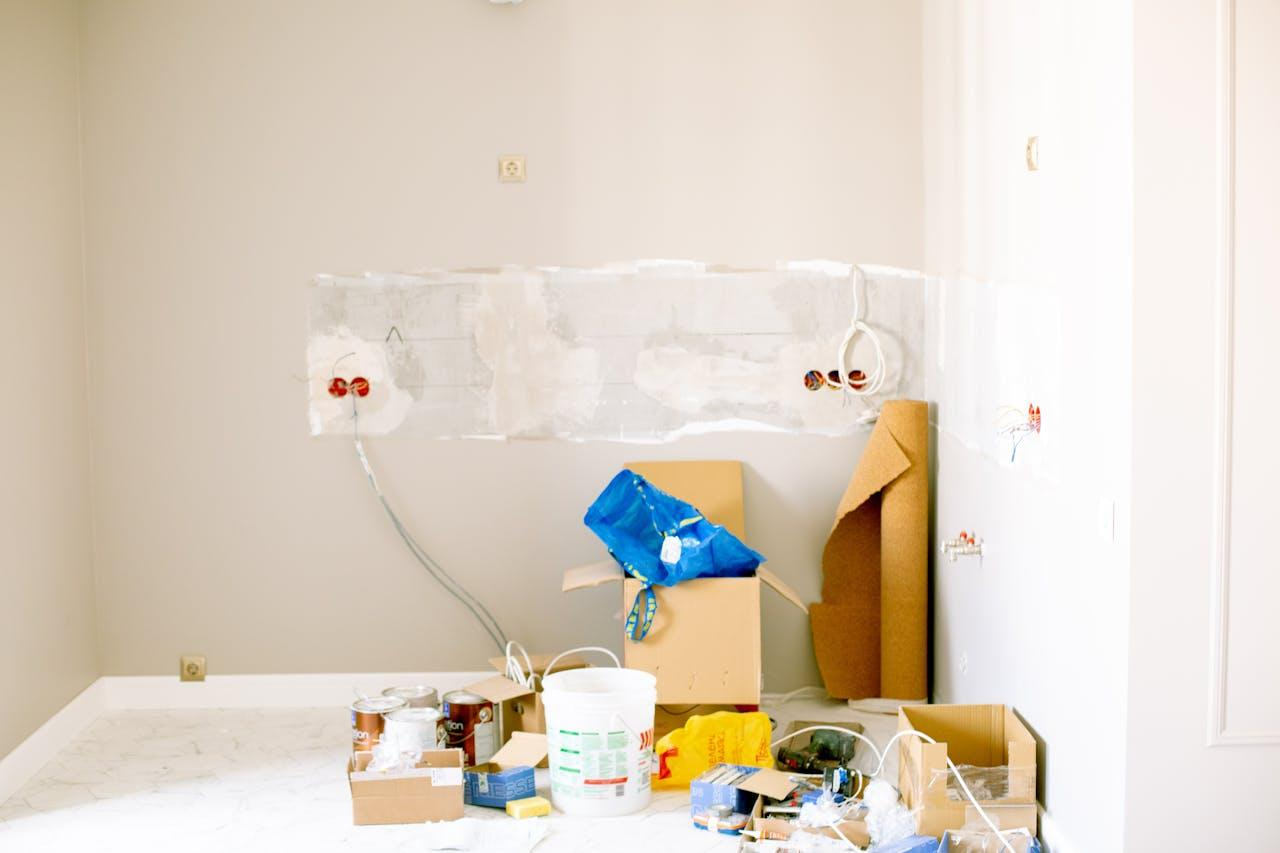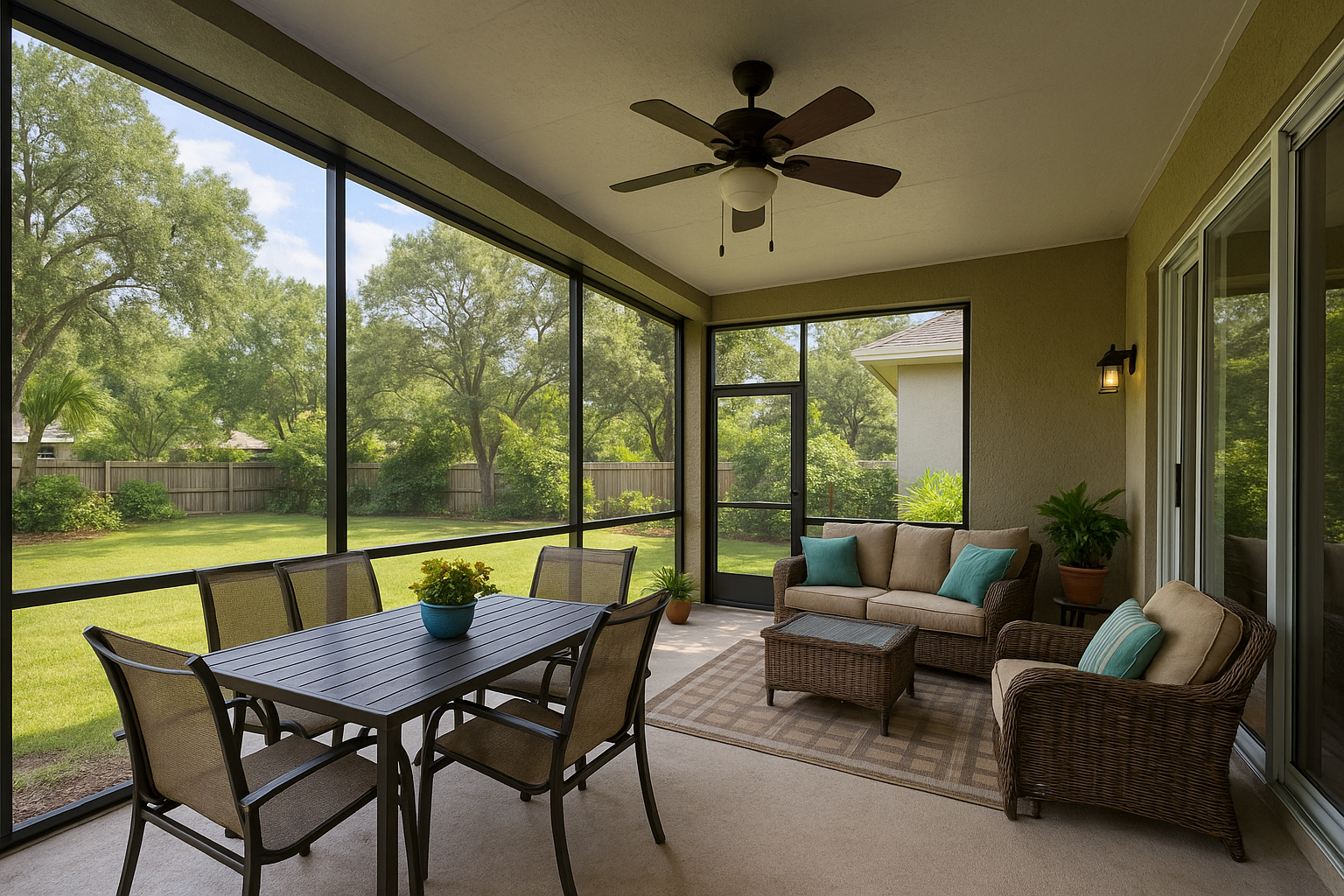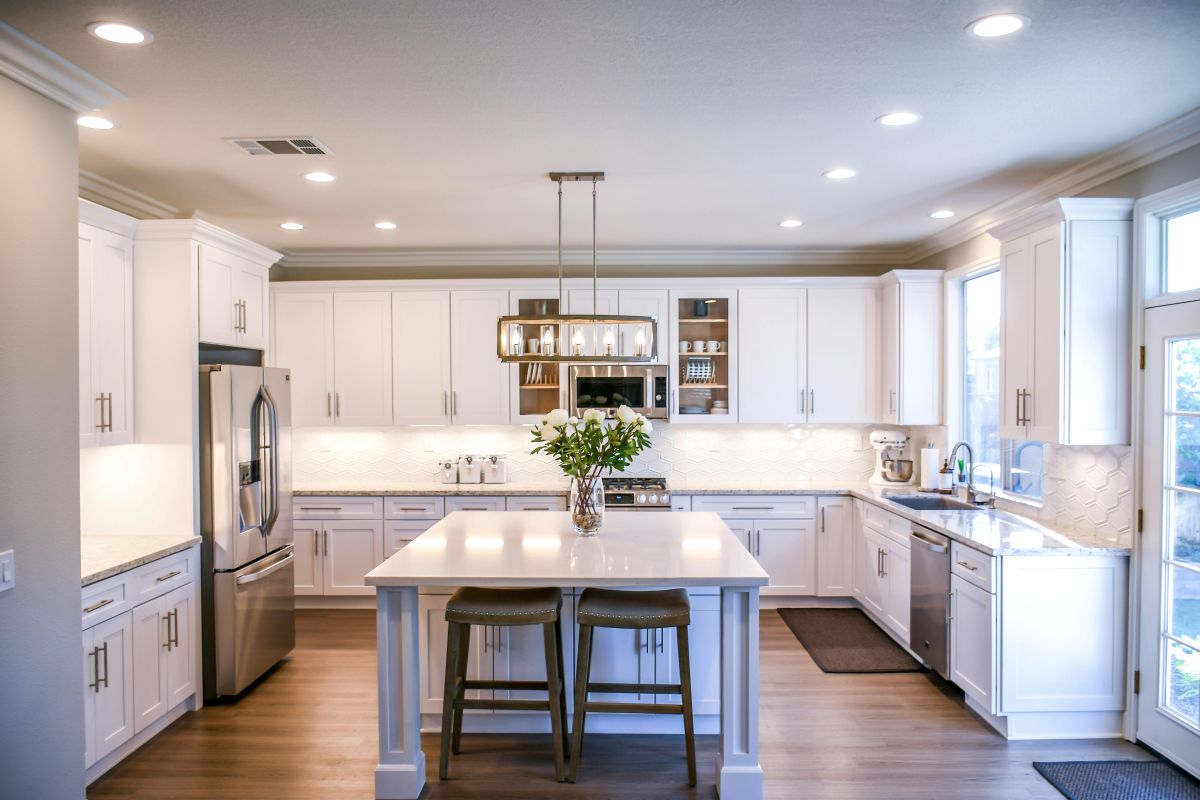By using our website, you agree to the use of cookies as described in our Cookie Policy
a
Rss Feed
The Half-Renovated Home: What Happens When You Move Into Someone Else’s Unfinished Vision
Moving into a new home always carries a certain level of excitement and possibility. You imagine the memories you’ll make, the way you’ll decorate, and how the space will become your own. But what happens when your new home isn’t quite finished—when the previous owner’s ambitious renovation came to a halt midway through? Suddenly, you're not just unpacking boxes. You’re also navigating someone else’s half-realized dreams, mismatched finishes, and DIY missteps. A half-renovated home can offer incredible potential, but it also presents unique challenges that require careful planning, patience, and a clear understanding of what lies ahead. This article will walk you through the pros, cons, and considerations of moving into a home that’s still very much a work in progress.

The Allure of the Incomplete Project
There’s something undeniably appealing about a home that’s halfway there. You get a sense of the previous owner’s vision, and sometimes that vision aligns with your own. Exposed beams, partially installed cabinets, or a newly tiled shower hint at what could be a dream space. For the right buyer, it feels like a head start rather than a burden.
However, that charm often comes with strings attached. You’ll need to decide how much of the original concept to honor, whether to rip out half-done work, and how much money you’re willing to invest to make the space truly yours.
Half-Renovated Home: The First Impression Isn’t the Full Story
When you first tour a home that is half-renovated, what you see may only scratch the surface. A fresh coat of paint and updated light fixtures might distract from underlying problems like outdated electrical systems or subpar craftsmanship. It’s important to look beyond the aesthetics and evaluate what’s truly been completed—and what’s been left behind.
Many buyers get swept up in the potential, overlooking red flags that could translate into major expenses down the line. Bringing in a trusted inspector who can look beyond appearances is key to understanding the actual condition of the home.
Living Through the Mess
One of the biggest lifestyle changes that comes with moving into a partially renovated space is learning to live amid chaos. You may not have doors on closets, trim along the walls, or flooring in every room. The kitchen might be half-functional, and you may need to make temporary setups while waiting for permanent solutions.
This kind of transition can wear down even the most optimistic homeowners. While the idea of “finishing it together” sounds romantic, the reality can involve a lot of sawdust, noise, and disrupted routines.

Deciding What to Keep and What to Redo
With another person’s vision already in play, you’ll face tough decisions: Should you continue what they started or start from scratch? This often depends on the quality of the work and how well it aligns with your style.
If you love the new bathroom tile but hate the unfinished kitchen layout, it’s okay to be selective. Be honest with yourself about what you can live with—and what will bother you every day until it’s changed. You don’t have to commit to their plans just because they started them.
Budgeting for the Unknown
One of the biggest challenges is estimating costs. It’s not just about finishing what’s left undone—it’s about fixing what may have been done poorly. Poor plumbing, uneven floors, or out-of-code wiring can all rear their heads once work resumes.
Start with a generous renovation budget that includes room for the unexpected. Even if things look mostly done, hidden flaws can lead to bigger projects than you anticipated. Having a cushion helps keep the process manageable and less stressful.
Permits, Codes, and Paper Trails
When you move into someone else’s half-finished renovation, you're also inheriting their paperwork—or lack thereof. Some work may have been done without proper permits or inspections. If that’s the case, you could be on the hook for bringing things up to code, which can delay progress and add to your costs.
Always check with your local permitting office to verify what’s been legally approved. It’s far better to be safe now than to find out during a future appraisal or sale that the book didn’t do things.
Dealing with Design Inconsistencies
Half-renovated homes often have a patchwork quality. One room might feel sleek and modern, while the next still carries the vibe of the 1980s. Flooring may change from room to room, and paint colors might clash instead of flow.
These inconsistencies can create visual chaos, making the house feel less cohesive. Your renovation plan should include ways to tie the spaces together, whether through trim work, paint, or upgraded fixtures. Consistency in finishes goes a long way toward making a home feel intentional and polished.
The Emotional Weight of an Unfinished Home
There’s also an emotional aspect to stepping into a house where someone else’s story stopped abruptly. Whether they ran out of money, lost interest, or had to move unexpectedly, you’re left holding the blueprint of a dream they didn’t complete.
It can feel like a creative burden—trying to finish something you didn’t start. Give yourself permission to change direction and create a space that reflects your own life and taste, not just what was envisioned by the previous owner.
Building Your Own Vision, Brick by Brick
The silver lining? You get to turn the unfinished into the unforgettable. Each decision you make puts your stamp on the space. You’re not just finishing a renovation; you’re reshaping the home into a reflection of your lifestyle and priorities.
Take the process step by step. Prioritize functional areas like kitchens and bathrooms first, then shift to aesthetic upgrades. Give yourself time to live in space before making big changes—it can help you understand what needs to be done.
How to Save Money Along the Way
Budget-conscious homeowners can find smart ways to relocate without overspending. Choosing a home that is half-renovated in the right location might mean getting more square footage or a better neighborhood for less upfront cost. You may also find opportunities to DIY portions of the work or spread out expenses over time instead of facing one large renovation loan. Additionally, many moving-related savings come from downsizing before the move, reusing materials, or choosing a local mover over a big-name company. To save money when moving here means more flexibility for your home improvement plans.

Creating a Timeline That Works for You
Finishing a renovation doesn’t have to happen all at once. Pacing yourself often results in better decisions and a less stressful experience. Map out your goals for the first few months, then build a rough timeline for long-term upgrades.
Some homeowners even turn to temporary fixes that buy time until they can afford permanent ones. Peel-and-stick tiles, portable kitchen islands, and even simple paint can make a space livable while you plan the bigger transformations.
Final Thoughts: Making the Home Truly Yours
Moving into a half-renovated home isn’t for everyone, but for the right person or family, it offers a blank canvas rich with opportunity. Yes, it requires patience. Yes, it involves dust and delays. But the result can be deeply satisfying—a home that tells your story, built with your own vision and hard work.
Take your time, do it right, and don’t be afraid to diverge from the path that someone else started. When the final coat of paint goes on, you’ll know that every inch of the space is there because of you. That’s the beauty of transforming an unfinished dream into your lasting reality.
‹ Back






.png)
